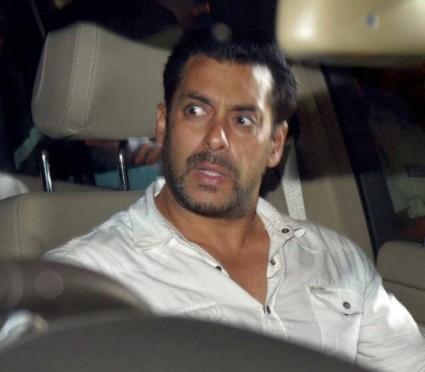As readers of this blog would know, I’ve long argued in favour of Uber’s surge pricing as an excellent mechanism for matching supply and demand. In a column from last year, I warned against the perils of banning surge pricing:
The most efficient way of allocating resources is to let things find their own equilibrium, their own prices. Price controls are foolish and never work. And the demand for them is based on a sort of a fantasy. Fixing the price of a product at a base price below what the market would pay does not mean that everyone gets it at this price—it just means that a lucky few get it and the others don’t. The fundamental truth about the universe is this: everything is scarce. You can’t wish this scarcity away by agitating or legislating against it.
Now, these fundamental laws of economics apply to everything, not just to Uber. And so Mukul Kesavan, in a column for NDTV, makes the pertinent point:
[S]etting aside Kejriwal’s motives and rationality, the larger question is this: should Uber or Ola be allowed to vary their per kilometre rate at will when yellow cabs and auto-rickshaws are stuck with fixed rates? If, as Uber’s defenders never tire of saying, the app’s algorithms represent the invisible hand of the market, frictionlessly matching supply and demand, why should the individual auto-driver be punished and maligned for asking for more than the metered price?
Shoaib Daniyal makes the same point on Twitter:
Both Mukul and Shoaib are right, though it seems to me that they might both be indulging in whataboutery and creating a straw man at the same time. No one who defends Uber’s surge pricing could possibly support the way the government regulates taxis and autorickshaws. And some of us have written about it in the past—I found this 11-year-old post by me ranting about the licensing of cycle rickshaws in Delhi, citing Parth Shah and Naveen Mandava’s excellent book, ‘Law, Liberty and Livelihood.’ Rather than search for more old posts, though, let me sum up my position here.
In a nutshell, here is how the market for taxis and autos works in Indian cities. The government gives out a limited number of licenses for taxis and autos. This quota does not increase in response to demand. Thus, as demand goes up in relation to supply, you would expect either prices to rise or the supply to rise. The supply is artificially constrained. And the government imposes price controls, so the prices can’t rise either. In other words, if the auto and taxi drivers stick to government-mandated prices, you should expect scarcities. Or you should expect an informal system to develop, where drivers don’t charge the meter rate and instead negotiate with their clients. Both of these are true, to varying degrees, and each of our own cities has developed our informal cultures in terms of dealing with this.
So when an auto guy demands Rs. 400 for a journey that the government mandates should cost Rs. 80, what is the appropriate response? I know some people who will argue that the auto driver, in exchange for his license to drive an auto, has signed a contract with the government that includes those price controls, so he should abide by them. This is a short-sighted argument. I would argue that both the licensing and those price controls are wrong. And I sympathise with the auto driver’s lament that ‘Hey, I’m not allowed to charge a surge price, why should Uber have that privilege?’ How can that not be a valid complaint?
The best way to create a level playing field, though, is to remove those restrictions from all parties, not to impose them on everyone.
Part of the reason Uber and Ola have thrived in India is that they benefited from a need that was created partly by the controls imposed by the government on taxi and auto drivers. The solution is to remove those controls. But removing government controls on the taxi-and-auto industry is higher hanging fruit because of the interest groups involved, and it’s easier to target Uber and Ola, which is what the governments of Delhi and Karnataka are doing. Who suffers in all this? The consumers do. We’re the fish at the table.
The bottomline: Kesavan is right that if we support surge pricing by Uber, we cannot in the same breath curse the local auto-driver for charging ‘extra’. That doesn’t compute.

